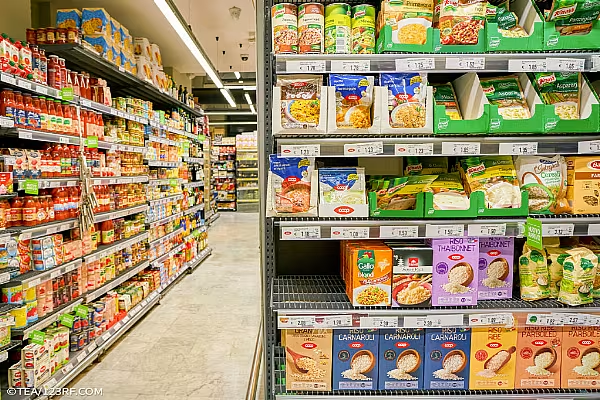By knowing how to scrutinise data provided by retailers and drawing insights from it, FMCG suppliers can create a more effective bridge between marketing and sales activation strategies, focusing more on reaching the right people, with the right message and at the right time and place – the shopper rather than the wider consumer.
That’s the message from Bridgethorne amidst growing interest in the retail media landscape – according to GroupM, retail media in the UK alone is set to grow 23% this year and to be worth around £6.5 billion by 2027.
Expanding Landscape
“Suppliers’ commercial teams need to upskill to make the most of this expanding retail media landscape,” explains Gina Overton, director, Bridgethorne.
“It requires them to be more financially savvy, not just in terms of their product and category spend, but in developing the skills that enable them to determine where best to commit and balance their marketing spend – above the line vs. below the line and, critically, whether to put all or most of their promotional budget into retail media at the expense of more conventional out-of-store media, marketing and advertising channels.”
More Targeted Promotions
By the end of April this year, sales of items on promotion at UK supermarkets had risen to 23%, the highest level since December 2020, helped by the increased level of supermarket loyalty scheme discounts. Most categories saw an increase in promotional spend. More than half of all branded beer, wines and spirits, for example, were bought on offer.
Part of the reason for this has been the ability for brands to target shoppers through the retailers’ own estates based on loyalty and purchasing data held by the retailer and offered to brands and suppliers as a way of informing their shopper marketing activity.
“It makes perfect sense,” continues Overton. “On average we spend around 40 minutes for each grocery shopping session and there can be no better place or time to engage with shoppers than at the point where they have come with purchasing in mind and are open to the most appealing promotions – whether that’s on trolley advertising, shelf-talkers, digital displays, aisle advertising etc.
Marketing at the point of purchase conveys brand messaging, attracts shoppers’ attention, and communicates promotions effectively and in a timely manner.”
Aligning With Customer Behaviour
But it’s not altruistic. It’s a reflection of the growth in supermarkets’ knowledge of their customer base and how to disrupt or unlock customer behaviour ensuring stronger results for brand owners to align with.
The supporting argument is that it is a win-win situation, creating a better return on investment for suppliers than more conventional marketing because it is more targeted in its nature. It also works for the retailer because sales of owned in-store and on-line media space deliver margins significantly higher than conventional grocery retail.
That’s one of the reasons why supermarket buyers are now given key performance indicators around retail media revenue deliverables.
Read More: How Retailers And Suppliers Can Negotiate Effectively In A Crisis
The Right Approach
But to what extent do FMCG suppliers really understand this landscape and how much do they need to rethink their approach to it? How many suppliers have access to and are using compelling data insights to inform and drive action, and how many are arming their teams with the skills to navigate shopper marketing in a way that builds great partnerships with the multiples that aren’t purely transactional but also add value for both parties?
“The larger, more sophisticated brands will have teams whose skill sets already mirror those of the multiples,” continues Overton, “but what of the rest - the second tier, often independent suppliers?”
“Part of what is needed to inform that thinking is a greater understanding of insight from data. This will also deliver a better relationship between the supplier and the retailer. Retailers want to work with suppliers that authentically understand mutual business performance. Suppliers need to optimise their resources and allow their commercial teams time to focus on better exploiting marketing opportunities.”
Article by Gina Overton, director, Bridgethorne.














